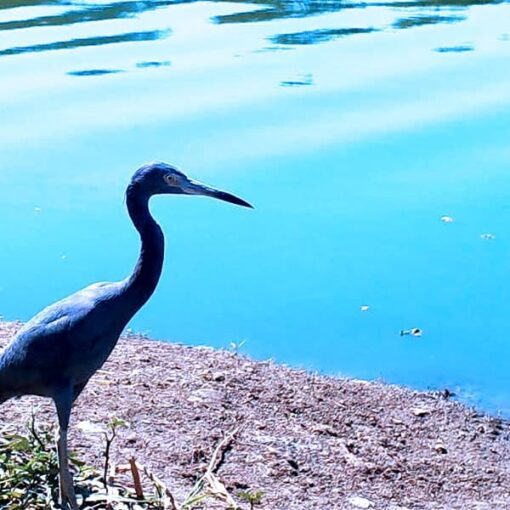QCOSTARICA — Space junj that crossed the skies of Costa Rica early this Monday was captured from different places in the country, especially from areas of the Central Valley, in particular in San José and Cartago.
Images circulating on TikTok show recordings made by residents of Turrialba, Coronado and downtown San José, between 1 am and 3 am Monday morning.
The people who recorded the images did not hide their astonishment at what they were seeing, an unusual event to see in Costa Rica.
– Advertisement –
The director of the Planetarium of the Universidad de Costa Rica (UCR) and a physicist from the Universidad Nacional (UNA) indicated that it was space debris or space junk.
@vhicjipato21maes que es eso??? Con las increíbles personas del Bar y Restaurante el comal lo vimos
The doubt that remained in the air is the type of waste or artifact that was captured in numerous videos. The answer was given by
Jonathan Christopher McDowell, an astronomer and astrophysicist at the Harvard-Smithsonian Center for Astrophysics, assured that what was seen especially in San José was a Chinese robot rocket that was launched in August 2022.
The aircraft was disintegrating upon entering the atmosphere due to friction.
In 1999 another similar phenomenon occurred on the Caribbean coast of Costa Rica.
@davidadr10 Elementos del cielo cayendo visto en cielos costarricense #satellite #nave #costarica #ovnis ♬ sonido original – davidadr10
– Advertisement –
This sounds ominous, but not really. Eric Sanchez, director of the UCR Planetarium, indicated that what was seen this Monday is a common occurrence on Earth. But he emphasized that it was a “great coincidence” to have seen it in Costa Rica, thanks to the clear skies of the dry season.
He also ruled out that this type of event represents a risk to us mortals, given that, usually, the remains of this space junk fall into unpopulated places.
Inactive satellites, which can be as big as a car or as small as a coin, are considered space debris.
– Advertisement –
Xiomara Márquez, an academic in the Physics department of the UNA, indicated for her part that large rocks and stones are also considered space debris.
@francellacc.cr En shock estoy #fyp #costarica ♬ sonido original – Francella Chinchilla C
She agreed with Sánchez that this garbage does not pose a risk to humanity.
“When this garbage, which orbits the Earth, loses altitude then gravity ‘attracts’ it and when it enters the atmosphere and due to friction it accelerates and the objects burn,” she explained.
The National Aeronautics and Space Administration (NASA) estimates that an average of one piece falls to Earth every day, ranging between 50 and 100 tons per year. This garbage almost always falls into the sea or in places like the Australian desert, Siberia, or the Canadian tundra.
– Advertisement –
Source link
Rico



